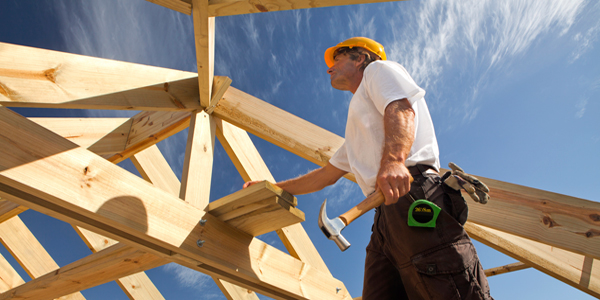ConDig (14-Dec-17). The US construction industry is set to continue performing steadily next year as project backlog and contractor confidence remains high, while the nonresidential sector continues to expand, according to the Associated Builders and Contractors (ABC).
Latest Commerce Department figures show that US construction spending shot up 1.4% in October, the biggest rise in five months, with all major categories of building booking gains.
Despite the positive outlook, ABC chief economist Anirban Basu warned that a number of potential cost increases could hamper growth in the industry.
“With wage pressures building, healthcare costs surging and fuel prices edging higher, inflation is becoming more apparent,” Basu said.
“That could translate into some meaningful interest rate increases in 2018, which all things being equal is not good for construction spending. The stock market’s performance has been simply brilliant. But what goes up can go down.”
Basu added that asset prices might head in a different direction in 2018, including commercial real estate prices.
“Segments like hotels, office buildings and apartments have helped to fuel construction spending in recent years. If the value of properties begins to stagnate or worse, construction spending momentum will eventually wind down,” he said, noting that the impact of this might not be felt next year but in the longer term.
He also said that the US economy heads into the New Year with substantial momentum amid global growth, consumer confidence, solid corporate earnings and expected tax cuts.
It comes as ABC also reported this week that construction input prices rose 0.7% in November and were up 5.6% on a yearly basis, the largest increase since November 2011.
Based on analysis of Bureau of Labor Statistics data, nonresidential construction materials prices also expanded 0.7% for the month and 5.4% for the year.
“It would be an exaggeration to suggest that construction materials prices are spiking,” said Basu.
“However, in the aggregate, materials prices are now rising at their fastest rate in six years. As always, there are many factors at work, but undoubtedly one of them is the ongoing improvement in the global economy and continued rapid growth in a number of emerging nations. Growth has also been accelerating in much of the advanced world, including the United States, Japan and much of Europe.”
